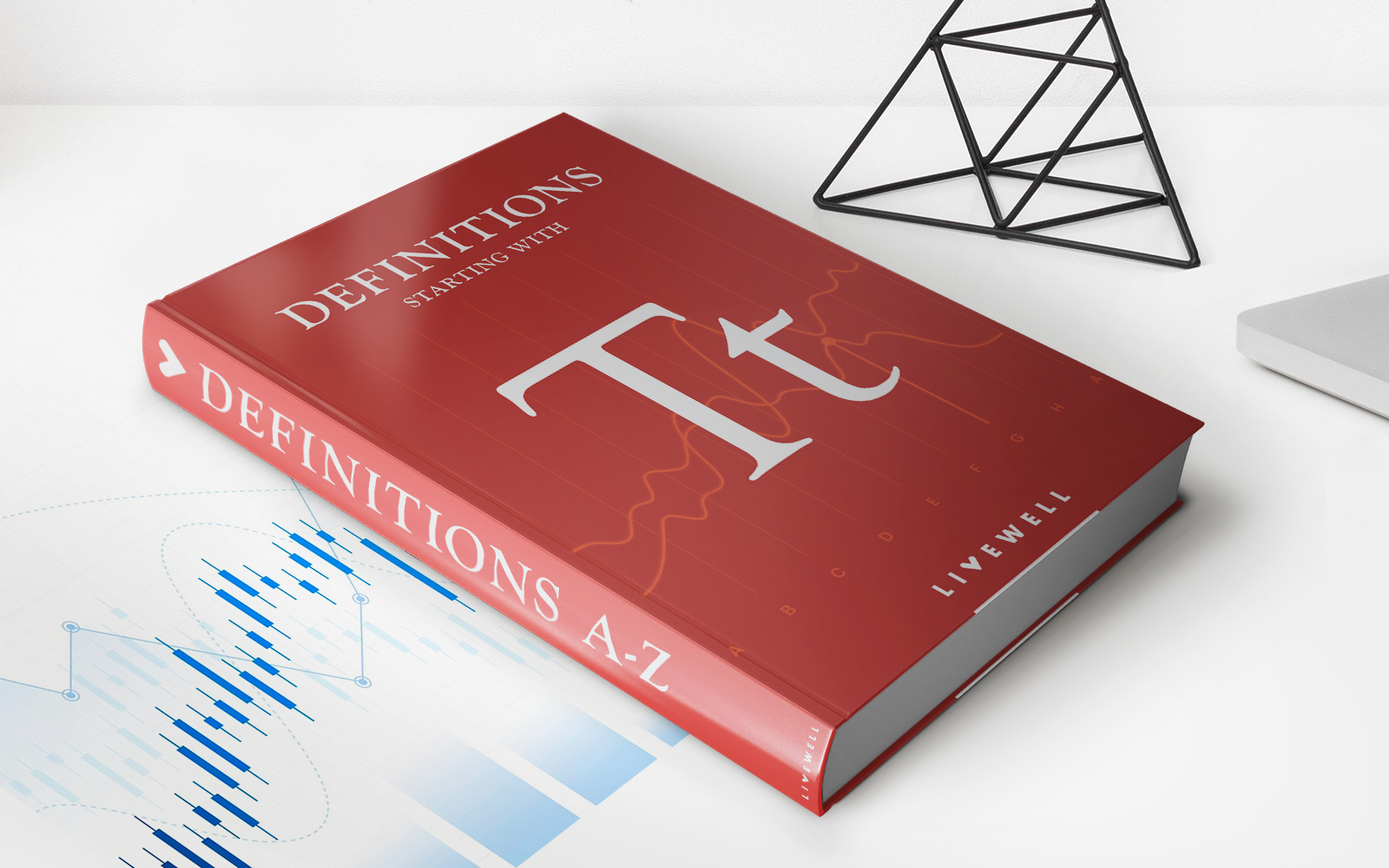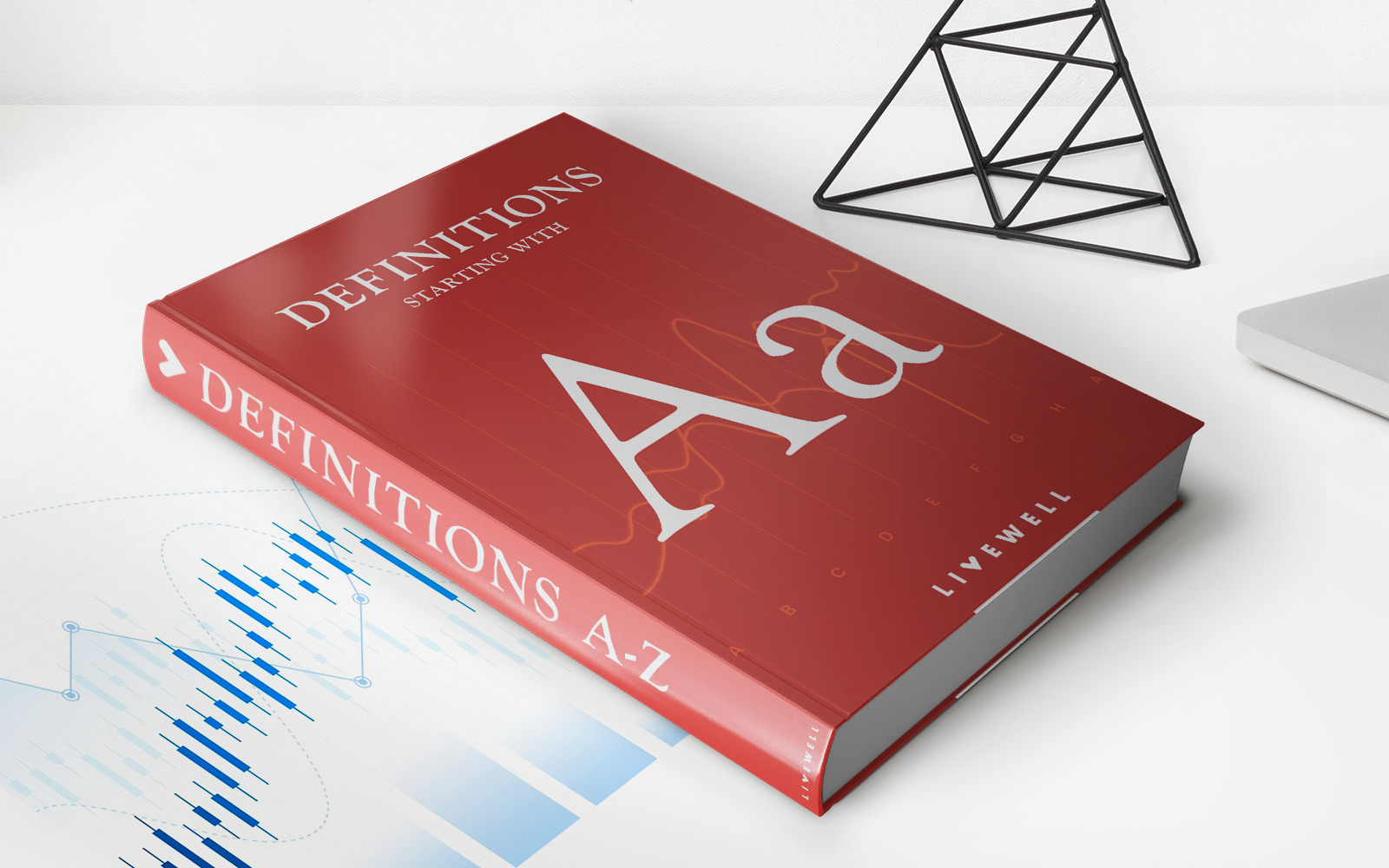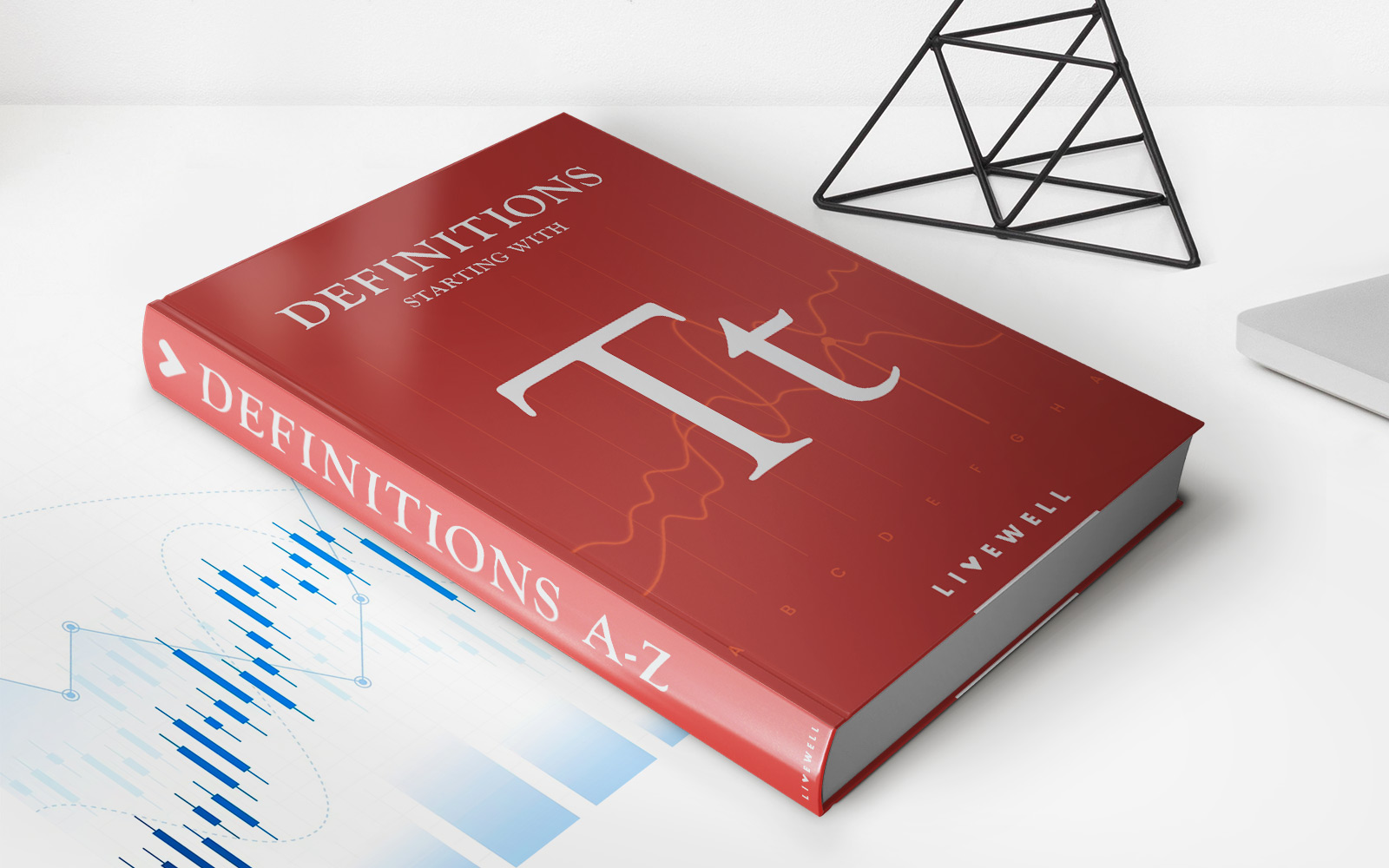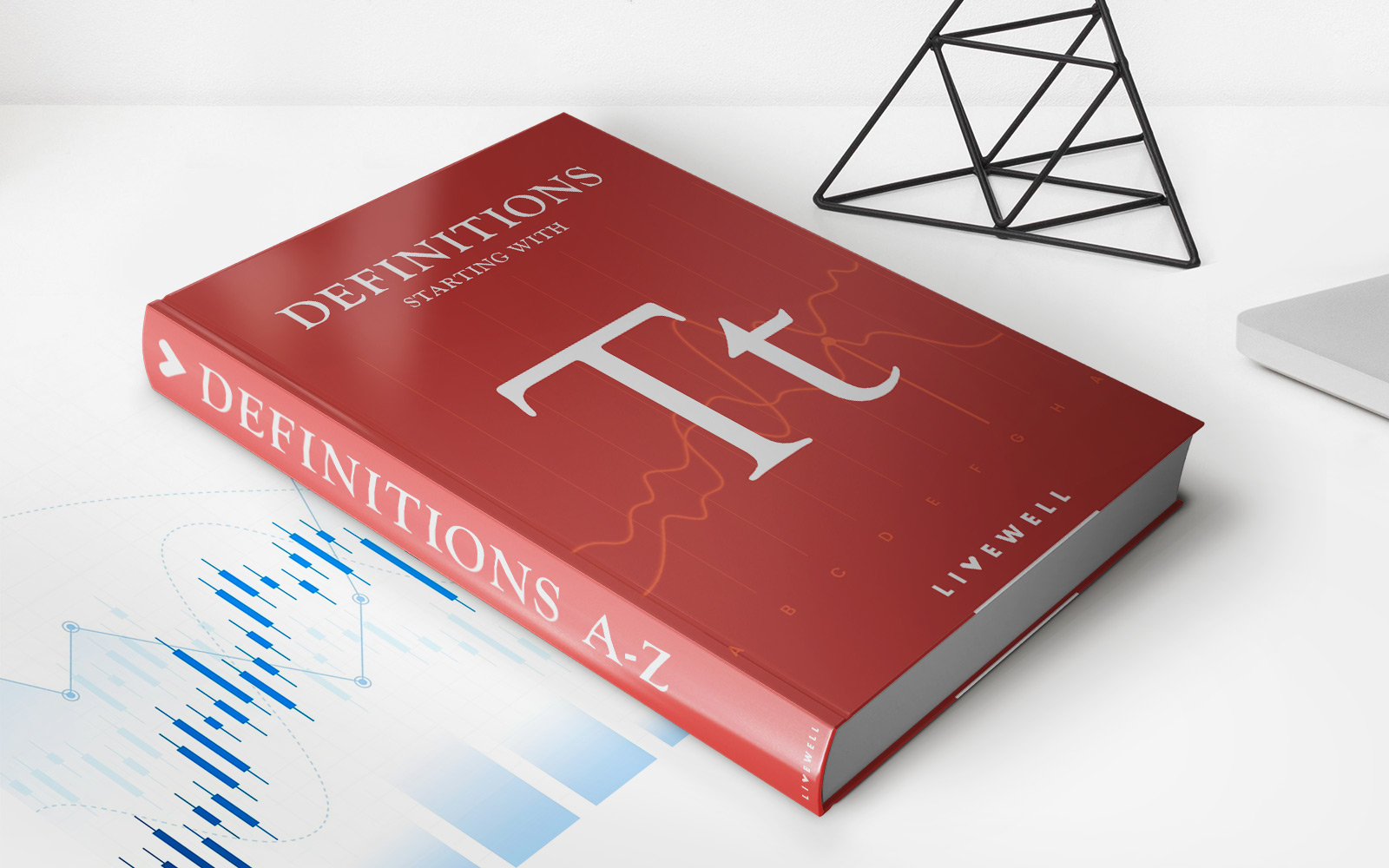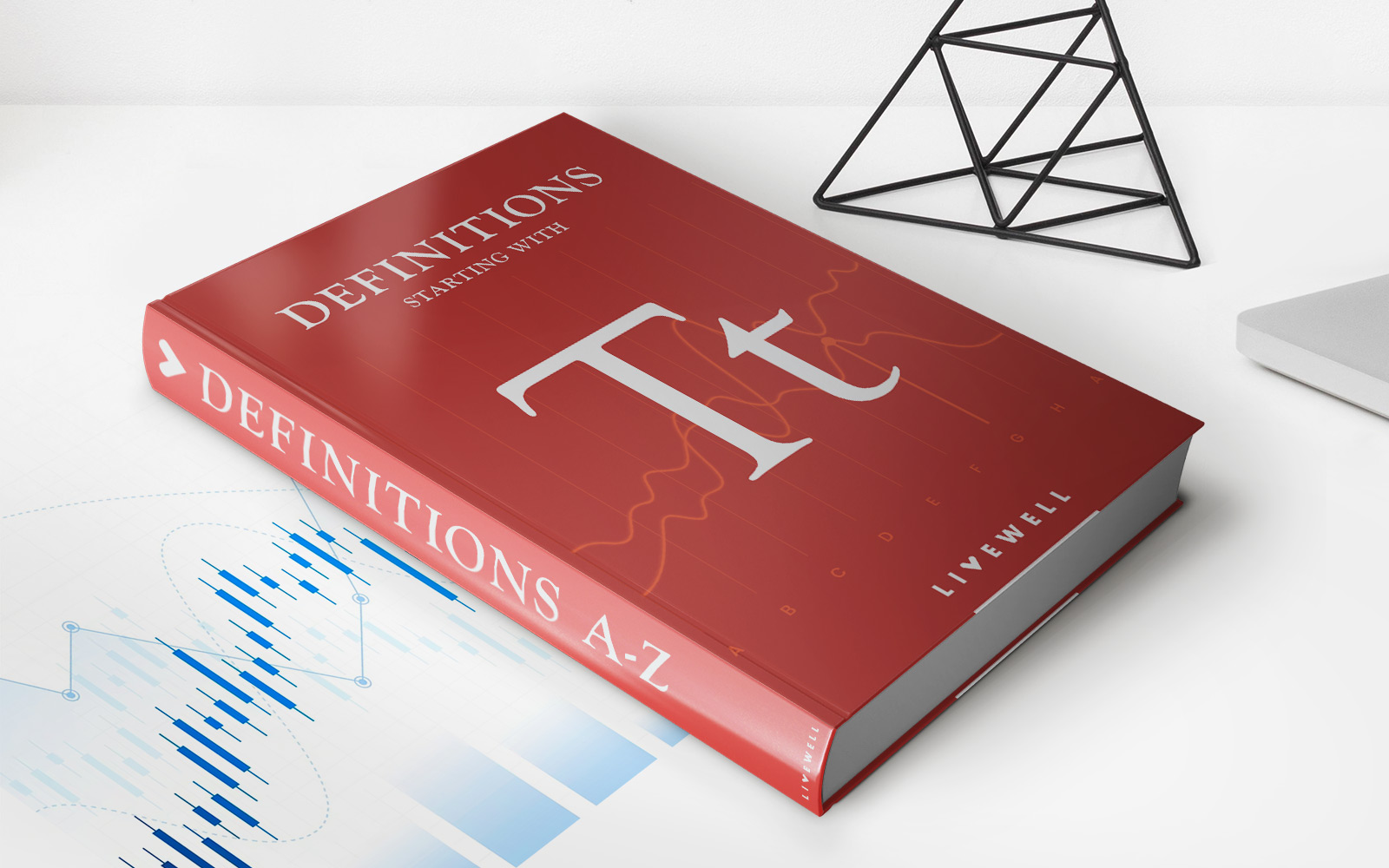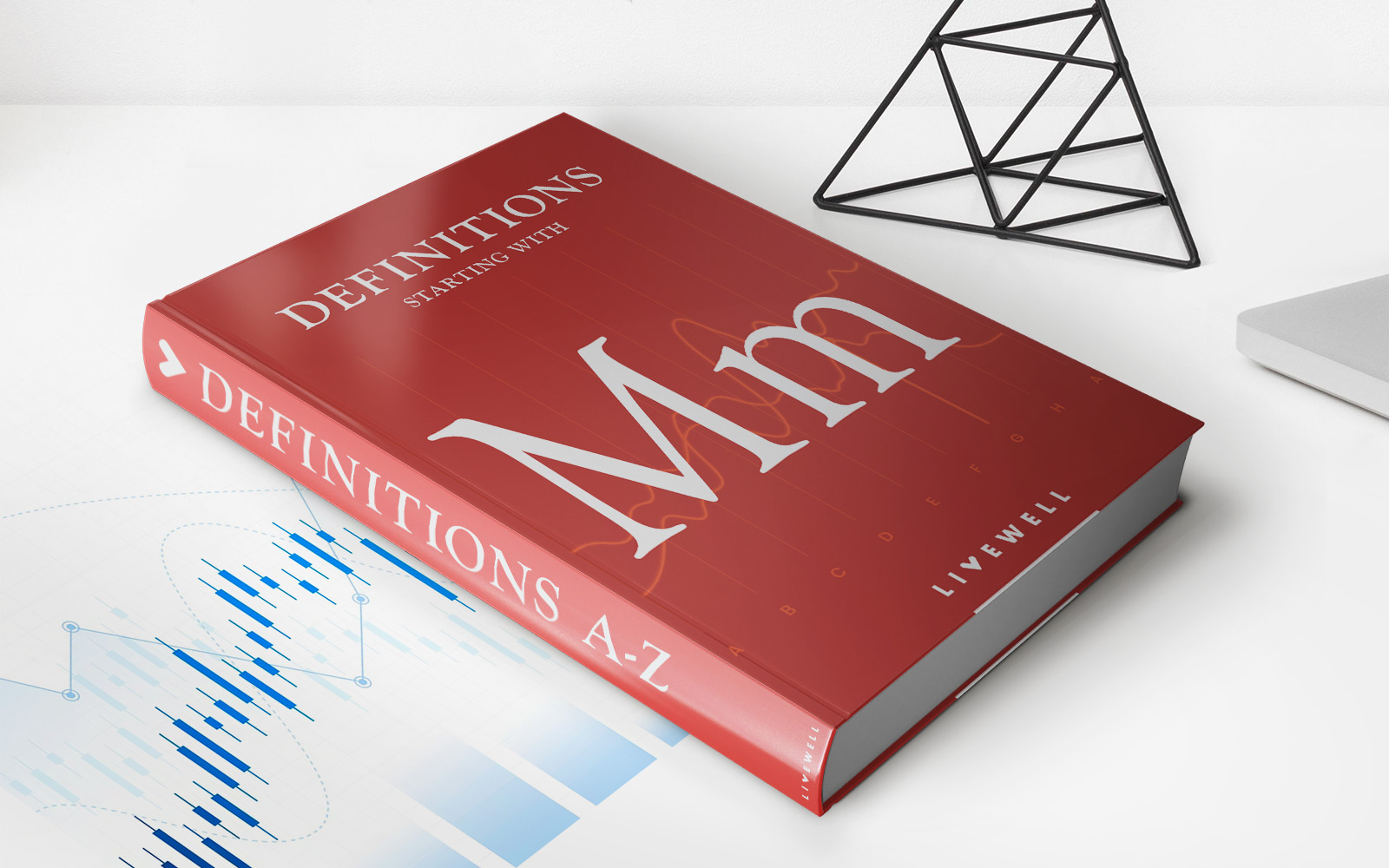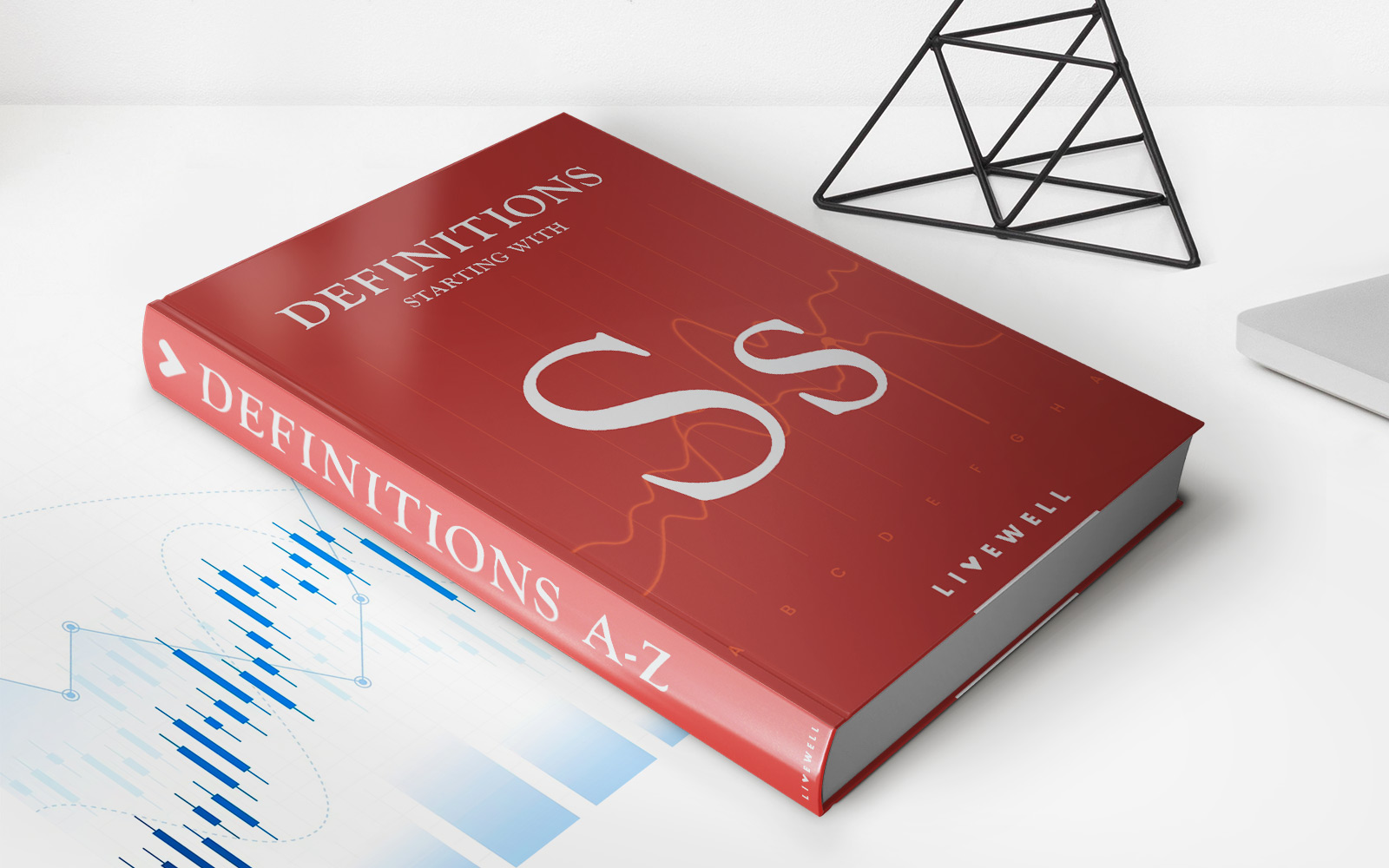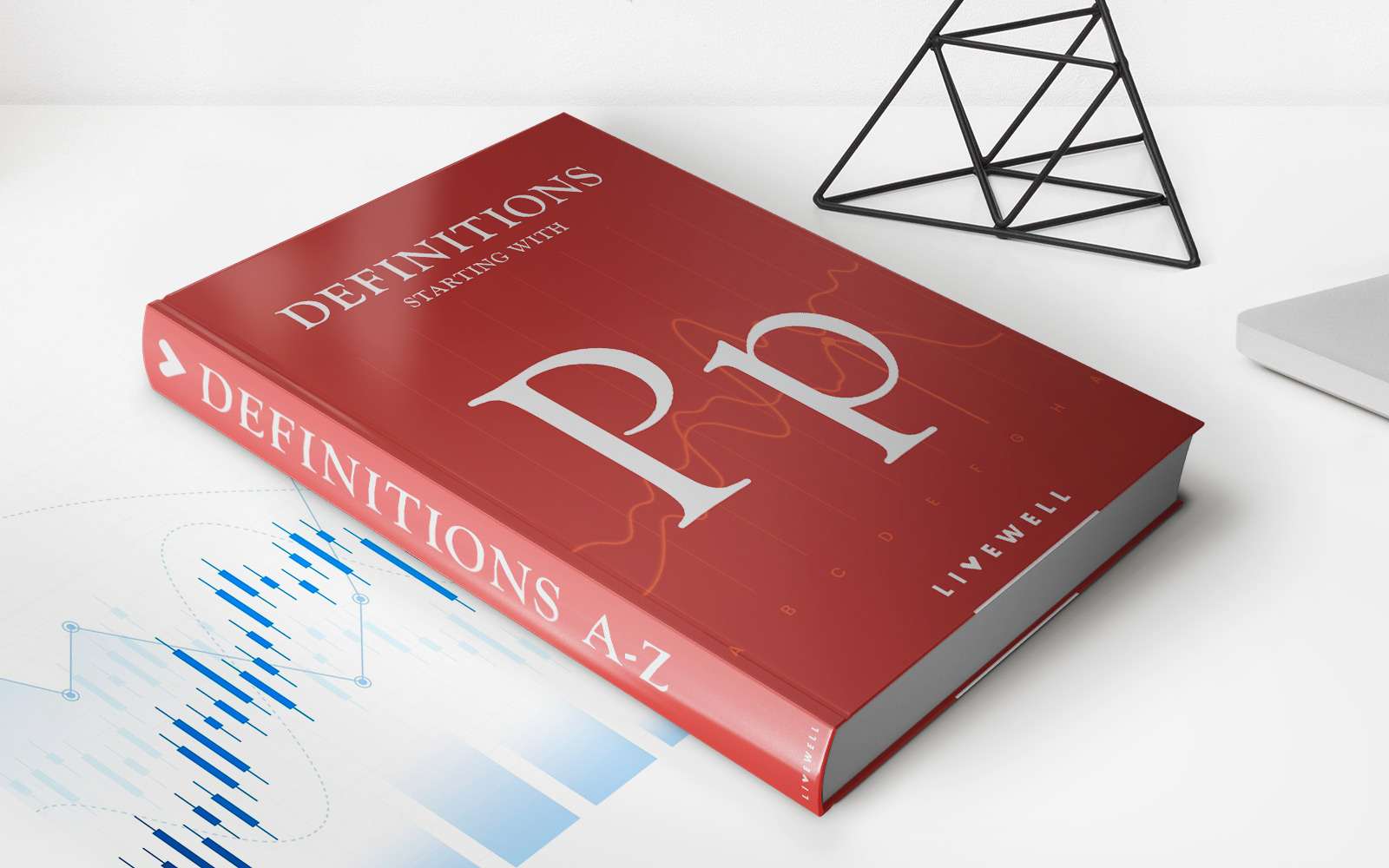Home>Finance>Monthly Treasury Average (MTA) Index Definition
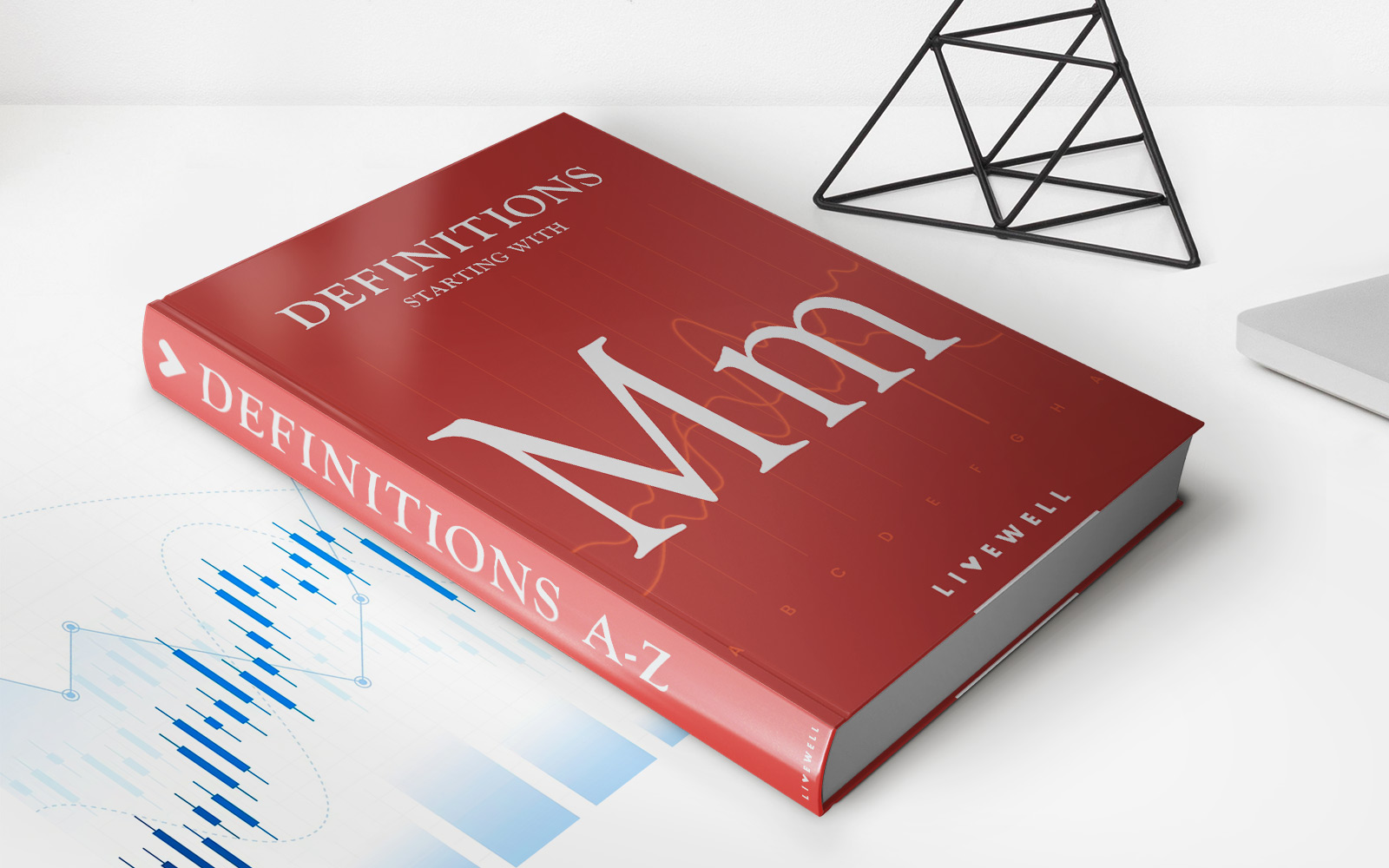

Finance
Monthly Treasury Average (MTA) Index Definition
Published: December 26, 2023
The Monthly Treasury Average (MTA) Index in finance is a benchmark interest rate calculated by averaging the weekly yields of U.S. Treasury securities. Learn more about its definition and significance.
(Many of the links in this article redirect to a specific reviewed product. Your purchase of these products through affiliate links helps to generate commission for LiveWell, at no extra cost. Learn more)
Understanding the Monthly Treasury Average (MTA) Index
Welcome to the world of finance! In this article, we will be exploring the Monthly Treasury Average (MTA) Index, a popular financial indicator that impacts various aspects of our lives. If you’ve ever wondered what the MTA Index is and how it affects your finances, you’re in the right place.
Key Takeaways:
- The Monthly Treasury Average (MTA) Index is a financial indicator used to calculate interest rates on adjustable-rate mortgages (ARMs).
- ARMs offer borrowers the advantage of initially lower interest rates, which can later adjust based on the movement of the MTA Index.
Let’s dive right in and understand the definition and significance of the MTA Index.
The Monthly Treasury Average (MTA) Index is an index that measures the average interest rates at which the U.S. government borrows money. It is based on the monthly average yields of the Treasury Securities with a constant maturity of one year. The MTA Index plays a crucial role in determining the interest rates of adjustable-rate mortgages (ARMs).
Adjustable-rate mortgages (ARMs) are home loans that have interest rates that can change over time. Unlike fixed-rate mortgages, where the interest rate remains the same throughout the loan term, ARMs offer borrowers the benefit of initially lower interest rates. The lower interest rate can make the monthly mortgage payments more affordable during the initial period.
Now, you might be wondering, how does the Monthly Treasury Average (MTA) Index affect adjustable-rate mortgages? Well, the interest rate of an adjustable-rate mortgage is calculated by adding a margin (a predetermined percentage) to the MTA Index. As the MTA Index changes, the interest rate on the mortgage will also adjust accordingly.
It’s important to understand that the movement of the MTA Index can have a direct impact on your monthly mortgage payment. If the MTA Index goes up, your interest rate will increase, leading to higher mortgage payments. On the other hand, if the MTA Index goes down, your interest rate will decrease, resulting in lower mortgage payments.
So, if you have an adjustable-rate mortgage or are considering getting one, it’s essential to keep an eye on the Monthly Treasury Average (MTA) Index and understand how it can affect your finances.
In conclusion, the Monthly Treasury Average (MTA) Index is a significant financial indicator that affects the interest rates of adjustable-rate mortgages. By knowing how the MTA Index works, you can make informed decisions regarding your housing finance options.
Stay tuned for more articles in our “FINANCE” category, where we’ll continue to explore fascinating topics that can help you navigate the world of finance like a pro!
